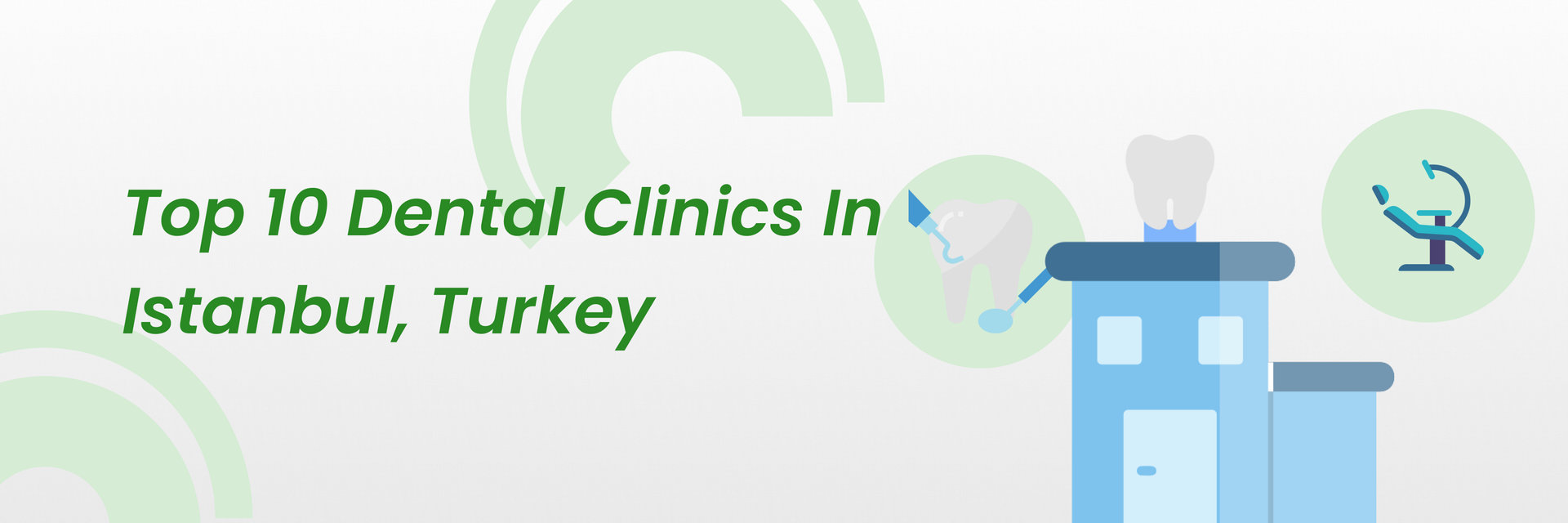A healthy smile is more than just an aesthetic feature; it’s a reflection of overall well-being. Good oral hygiene helps prevent common dental issues like cavities, gum disease, and bad breath. Beyond that, your oral health is closely linked to systemic conditions such as heart disease and diabetes. In this guide, we’ll explore the key steps for maintaining strong teeth and gums, covering daily care routines, nutrition, professional treatments, and even when tooth extraction might be necessary.
The Fundamentals of Oral Hygiene
Brushing is a key element of maintaining good oral hygiene, but it’s important to do it the right way. Opt for a soft-bristled toothbrush, position it at a 45-degree angle against your gums, and move it gently in circular motions. Brush for a minimum of two minutes, twice daily, and be sure to replace your toothbrush every few months. While consistent brushing and flossing form the foundation of a healthy smile, for those looking to address cosmetic concerns like discoloration or minor imperfections on visible front teeth, options like porcelain veneers can provide a durable and aesthetically pleasing solution.
Flossing is also equally important, as it removes plaque and food particles between teeth that brushing misses. If traditional flossing is difficult, alternatives like interdental brushes, water flossers, and floss picks can be effective. Mouthwash can enhance your oral hygiene by reaching areas brushing and flossing might miss. Fluoride mouthwash strengthens enamel, while antiseptic varieties target bacteria and reduce plaque. For sensitive gums or dry mouth, alcohol-free options are a good choice. Don’t forget to use a tongue scraper to remove bacteria and prevent bad breath.
Nutrition for Strong Teeth and Healthy Gums
What you eat plays a significant role in your dental health. Foods rich in calcium, like dairy products, almonds, and leafy greens, help strengthen tooth enamel. Crunchy fruits and vegetables such as apples and carrots not only provide important nutrients but also help clean your teeth naturally and stimulate saliva production. Foods high in phosphorus, like eggs, fish, and nuts, help to rebuild enamel.
On the other hand, some foods and drinks can damage your teeth. Sugary snacks and sodas are particularly harmful because the bacteria in your mouth feed on sugar, leading to plaque and cavities. Acidic foods such as citrus fruits and vinegar can erode enamel, while drinks like coffee and red wine may cause staining over time. It’s also important to stay hydrated, as water helps rinse away food particles and bacteria, keeping your mouth’s pH level balanced.
Common Dental Issues and Prevention
Cavities develop when bacteria in the mouth break down the enamel, often due to poor oral hygiene. To prevent cavities, it’s essential to brush and floss regularly and use fluoride toothpaste to strengthen enamel. In some cases, fluoride treatments or dental sealants may be recommended by your dentist.
Gingivitis is the initial stage of gum disease and can progress to more serious issues if not addressed. Symptoms of gingivitis include gums that are red, swollen, or bleed, persistent bad breath, and gum recession. You can prevent gum disease by following a solid oral hygiene routine, visiting your dentist for regular checkups, and avoiding smoking, which can make gum disease worse.
Tooth sensitivity is another common issue, often caused by enamel erosion, gum recession, or cavities. If you have sensitive teeth, consider using a toothpaste designed for sensitive teeth, and try to avoid hot or cold foods that might trigger pain. If sensitivity persists, it’s a good idea to consult with your dentist for further evaluation.
Professional Dental Care & Regular Checkups
Visiting your dentist regularly is crucial for maintaining oral health. During your checkup, your dentist will clean your teeth, removing plaque and tartar buildup, and check for signs of issues like cavities or gum disease. They may also take X-rays to detect problems beneath the surface. Most people should schedule a dental visit every six months, but if you have specific dental concerns or ongoing issues, your dentist may recommend more frequent visits.
Tooth Extraction: When & Why It’s Necessary
Sometimes, despite the best efforts to save a tooth, extraction becomes necessary. Emergency tooth extraction is required in cases where severe tooth decay, injury, or infection has caused immediate pain or health risks. Common reasons for tooth extraction include severe decay that has reached the tooth’s root, wisdom teeth that are causing pain or misalignment, and teeth that need to be removed for orthodontic treatment. In some cases, advanced gum disease can loosen teeth to the point where extraction is the only option.
A typical tooth extraction involves numbing the area with local anesthesia and carefully removing the tooth with minimal trauma. If the tooth is impacted or requires a more complex procedure, surgical extraction may be necessary. After the extraction, it’s important to follow the dentist’s instructions for recovery, such as avoiding forceful rinsing or spitting, eating soft foods, and refraining from using a straw. If you experience excessive pain or swelling, contact your dentist immediately.
Restorative & Cosmetic Dentistry for a Healthy Smile
If your teeth have been damaged or decayed, restorative treatments like fillings, crowns, and root canals can help. Fillings are used to repair small cavities, while crowns are placed on teeth that are severely damaged or weakened. Root canals are performed to save infected teeth by removing the pulp and sealing the tooth.
For missing teeth, dental implants, bridges, and dentures offer solutions. Implants provide a permanent and natural-looking replacement, while bridges are a fixed option for replacing a gap. Dentures are removable prosthetics that can replace either a few or all of your teeth. If you’re looking to enhance the appearance of your smile, professional whitening treatments, dental bonding, and veneers are all options to consider.
Conclusion
Maintaining healthy teeth and gums requires ongoing care, but the payoff is well worth it. By following a good oral hygiene routine, eating a balanced diet, and seeking regular professional care, you can enjoy a bright and healthy smile for years to come. Start today by taking small steps toward better oral health—it will make a big difference in the long run.







